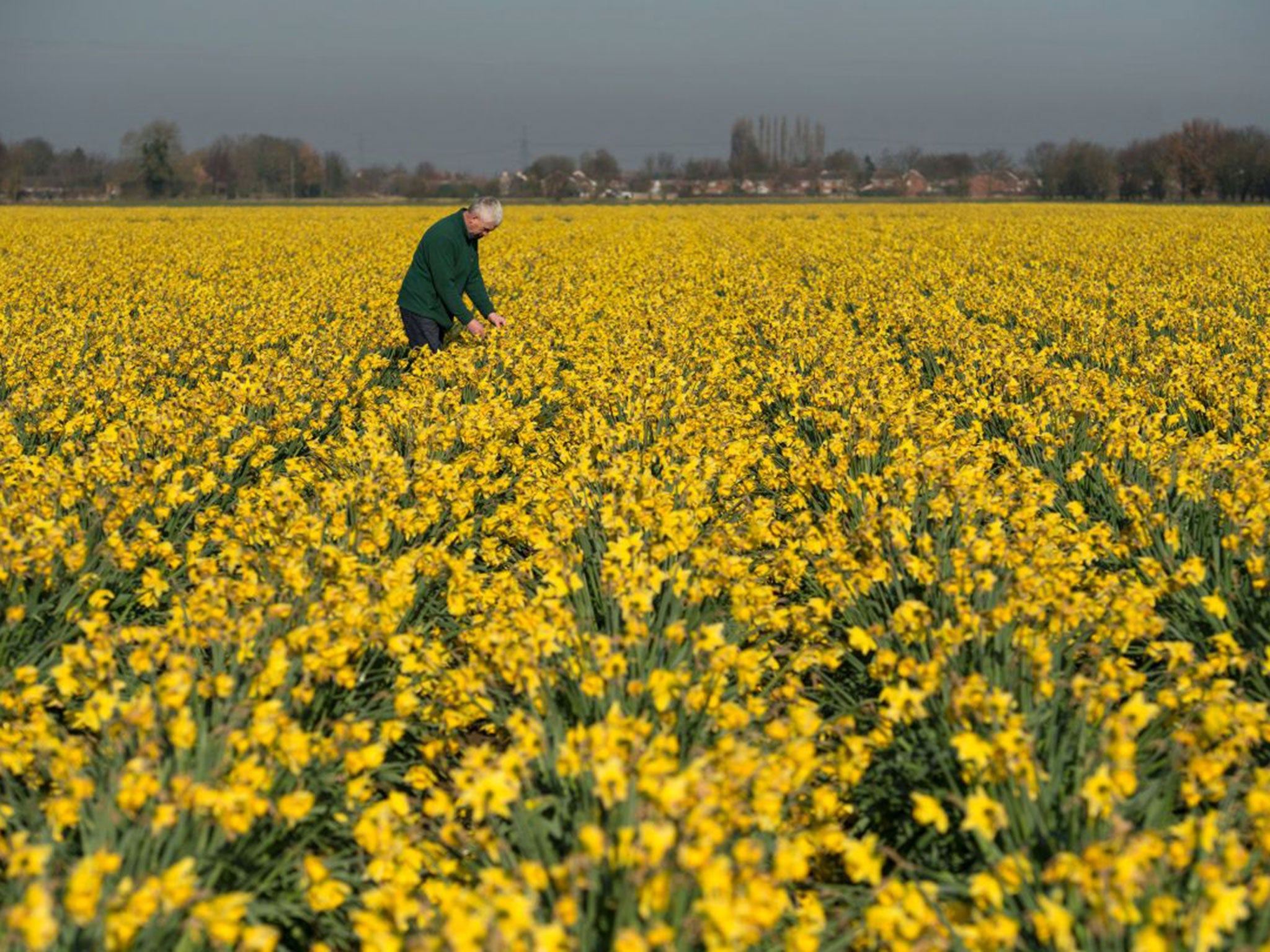Record-breaking global temperatures 'a stark warning that nations must unite to lower greenhouse gas emissions'
World Meteorological Organisation warns rate of change is 'unprecedented in modern records'

Your support helps us to tell the story
From reproductive rights to climate change to Big Tech, The Independent is on the ground when the story is developing. Whether it's investigating the financials of Elon Musk's pro-Trump PAC or producing our latest documentary, 'The A Word', which shines a light on the American women fighting for reproductive rights, we know how important it is to parse out the facts from the messaging.
At such a critical moment in US history, we need reporters on the ground. Your donation allows us to keep sending journalists to speak to both sides of the story.
The Independent is trusted by Americans across the entire political spectrum. And unlike many other quality news outlets, we choose not to lock Americans out of our reporting and analysis with paywalls. We believe quality journalism should be available to everyone, paid for by those who can afford it.
Your support makes all the difference.The record-breaking rises in global temperatures seen in 2015 – and continuing into 2016 – stand as a stark warning that nations must work together to lower emissions of greenhouse gases, the World Meteorological Organisation (WMO) has warned in its annual climate assessment.
This year has seen the trend of the previous 12 months gathering pace, aided by a strong El Nino weather pattern in the South Pacific which, combined with record levels of carbon dioxide in the atmosphere, is likely to make this year even warmer globally than last, the WMO said.
“The future is happening now. The alarming rate of change we are now witnessing in our climate as a result of greenhouse gas emissions is unprecedented in modern records,” said Petteri Taalas, secretary general of the WMO.
“Our planet is sending out a powerful message to world leaders to sign and implement the Paris Agreement on climate change and cut greenhouse gases now before we pass the point of no return,” Mr Taalas said.
The average surface temperature in 2015 broke all previous records by a wide margin, at about 0.76C above the 1961-1990 average – and about 1C above the 1850-1900 average – because of El Nino exacerbating human-induced climate warming, the WMO said.
Almost all of this excess heat, some 93 per cent, was stored in the oceans down to a depth of about 2,000 metres. This temperature record too showed an all-time record increase, it said.
This year has seen the trend continue and even gather pace. January was itself a record warm month and then February set an even bigger record according to figures released last week by the US National Aeronautics and Space Administration (Nasa). While carbon dioxide concentrations in the atmosphere passed the symbolic 400 parts per million threshold, the sea ice in the Arctic stopped was at a record minimum for this time of the year.
“Today the Earth is already 1C hotter than at the start of the 20th Century. We are halfway to the critical 2C threshold. National climate change plans adopted so far may not be enough to avoid a temperature rise of 3C, but we can avert the worst-case scenarios with urgent and far-reaching measures to cut carbon dioxide emissions,” Mr Taalas said.

Temperature records were broken in many individual countries, such as Russia, China, Estonia, Finland and Spain, as well as globally. Many other countries experienced their second or third hottest years, such as Germany, France, and Hungary, the WMO found“The year 2015 will stand out in the historical record of the global climate in many ways. Modern records for heat were broken: 2015 was a record warm year both globally and in many individual countries,” Mr Taalas said.
“Heatwaves were extremely intense in various parts of the world, leading to thousands of deaths in India and Pakistan. Record extreme precipitation led to flooding that affected tens of thousands of people across South Africa, West Africa and Europe,” he said.
Meanwhile, exceptionally dry conditions in southern Africa and Brazil exacerbated droughts that have struck these nations for the past several years.
David Carlson, director of the world climate research programme at the WMO, said the high temperatures in 2016 have even shocked seasoned climate researchers. “The startlingly high temperatures seen so far in 2016 have sent shockwaves around the climate science community,” he said.
Meanwhile, levels of carbon dioxide in the atmosphere have reached new record highs not seen for thousands of years. The last time there was such a sustained increase in carbon dioxide concentrations was at the end of the last Ice Age, between 17,000 and 11,000 years ago. But the current increase is now about 200 times faster, scientists said.
Join our commenting forum
Join thought-provoking conversations, follow other Independent readers and see their replies
Comments